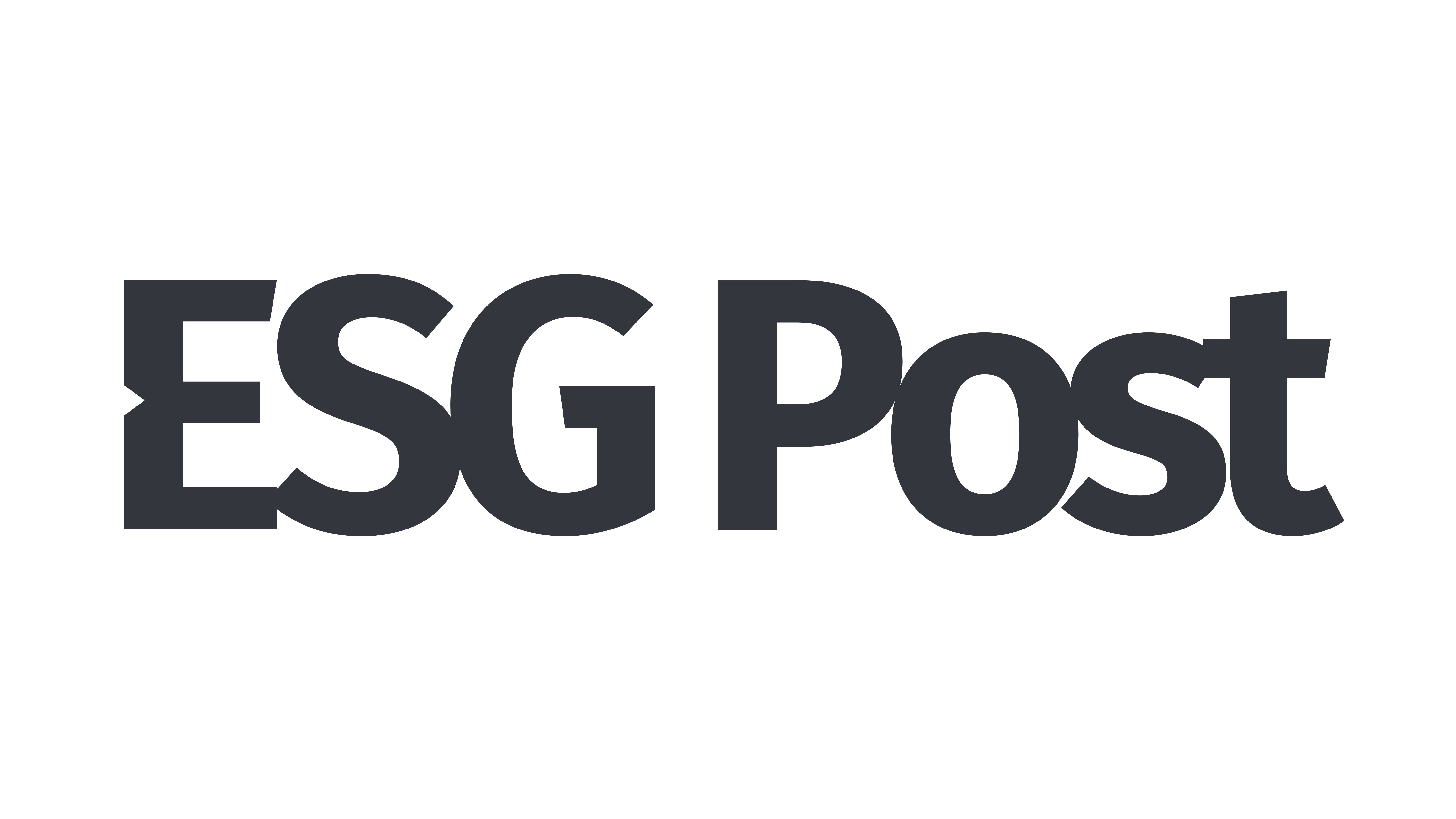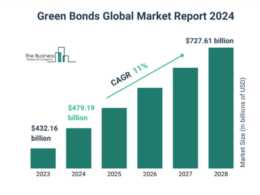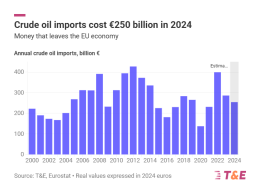Sysgration has been awarded the Bronze for Asia’s Best Supply Chain Reporting at the 11th Asia Sustainability Reporting Awards (ASRA)—a recognition that highlights the company’s commitment to rigorous disclosure, transparent governance and meaningful sustainability impact. In this exclusive interview, Chief Sustainability Officer Paul Huang reflects on the journey that led to this achievement, including the strengthening of materiality processes, the establishment of cross-departmental ESG systems and the company’s first full carbon inventory.
Congratulations on winning at the 11th Asia Sustainability Reporting Awards. What does this recognition mean for your sustainability team and your organisation?
This award goes far beyond a symbolic honour. It signifies that our sustainability strategy has been effectively embedded into the core of the company. It is a strong affirmation of the long-term dedication of our sustainability team and demonstrates that we have met international standards in data disclosure, strategic integration, and impact communication. The recognition also motivates us to continue innovating and improving, strengthens cross-departmental collaboration, and further reinforces a culture of sustainability within the organisation.
Sustainability reporting has evolved rapidly. How has your reporting approach matured over the past few years, and what were the biggest lessons from this journey?
Sysgration engaged external professional consultants to provide training and guidance, and with the full support of the board of directors and the CEO, we brought together committee members from across the group. Using standards such as GRI and the recommendations of frameworks including TCFD and SASB, we built our sustainability reporting system from the ground up. Our reporting has progressed from basic compliance disclosure to more strategic, competitive sustainability communication. Over time, we have realised that sustainability reporting is no longer merely a “responsibility” but a demonstration of genuine “impact”. The greatest lesson has been gaining a clearer understanding of the company’s role in society and the environment, enabling us to drive change more systematically and create long-term value.
The ASRA judges emphasise rigour, transparency, and impact. Which parts of your report best demonstrate these qualities?
Our report demonstrates rigour through comprehensive data and clearly defined methodologies. It reflects transparency through clear disclosure practices and verifiable information. Most importantly, the report showcases impact by highlighting meaningful outcomes and the social value created through our actions.
Could you walk us through the process of materiality assessment — and how you are integrating double materiality or value-chain impacts into your reporting?
Our materiality assessment begins by identifying key issues using international frameworks such as GRI, SASB, ISSB and TCFD, as well as benchmarking against industry peers. We then collect input from employees, customers, suppliers, investors and community stakeholders through questionnaires, interviews and focus groups to understand their expectations and concerns. This is followed by an internal assessment where senior management and relevant departments evaluate how each issue affects our operations, strategy, risks and opportunities. We then map these findings into a materiality matrix that reflects the level of stakeholder attention and corporate influence, identifying the issues that form the core of our report.
To incorporate double materiality, we specify which topics have both financial materiality and broader environmental or social impact. For instance, carbon emissions affect both regulatory and cost-related risks and have a direct impact on climate and society. We also assess impacts across the value chain—upstream suppliers, internal operations and downstream customers—to ensure that our reporting captures the full extent of our influence and responsibilities.
How do you ensure data accuracy and credibility across complex topics such as GHG emissions, supply-chain sustainability and human rights?
We ensure data accuracy by establishing standardised processes based on international frameworks such as the GHG Protocol, ISO 14064 and GRI. These provide clear definitions, boundaries and methodologies. We also assign clear data ownership through a cross-departmental collaboration mechanism in which every department designates responsible personnel to ensure that data sources are well-documented and consistent. To further strengthen credibility, we commission reputable third-party organisations—such as SGS or TÜV—to conduct independent audits and verification.
What new sustainability frameworks (for example, ISSB or TNFD) are you preparing to align with, and what challenges or opportunities do they bring?
We are preparing to align with the ISSB standards, including IFRS S1, which provides general sustainability disclosure requirements, and IFRS S2, which expands on the TCFD framework by focusing on climate-related risks and opportunities. We are also assessing the TNFD framework, which emphasises natural resources, land use and biodiversity through the LEAP methodology—Locate, Evaluate, Assess and Prepare.
These frameworks present certain challenges, including increased data collection complexity, the need for more cross-departmental coordination and a talent and capability gap that must be bridged. However, they also bring significant opportunities: enhanced trust among investors, stronger risk management, improved business resilience and the potential to become a sustainability leader within our industry.
Reporting aside, which sustainability initiative or achievement from the past year are you personally most proud of?
I am particularly proud of the establishment of our cross-departmental sustainability collaboration mechanism. Sustainability cannot advance effectively if it remains confined to one department, and this approach has allowed all areas of the company to contribute to setting and achieving sustainability goals. I am also pleased with the completion of our first comprehensive carbon inventory covering Scope 1 and 2 emissions, along with the initiation of our Scope 3 assessment. This marks a major shift from “not knowing how much to reduce” to “knowing how to reduce.” In addition, the introduction of our Sustainable Procurement Guidelines has been a significant milestone, as it reinforces the idea that sustainability must extend across the entire value chain—evaluating suppliers not only on price and quality but also on environmental, social and economic impact.
How do you engage internal teams and business units in the sustainability agenda so that reporting reflects genuine performance rather than mere compliance?
We have established an interdepartmental sustainability committee that meets regularly to coordinate efforts. The sustainability department works closely with each business unit to set objectives, develop action plans, determine disclosure topics and ensure data accuracy. This shared involvement creates a sense of ownership and reinforces the understanding that sustainability is a collective responsibility rather than a task assigned to one department.
Many companies are still struggling to link sustainability KPIs with business results. How has your organisation made that connection visible in its strategy and disclosures?
We align sustainability goals with business objectives—for example, reducing carbon intensity contributes both to environmental responsibility and to operational cost management. We also integrate ESG considerations into our risk and opportunity assessments, analysing how sustainability influences financial and non-financial outcomes such as market expansion, product development and supply-chain resilience. Regular engagement with the board and senior leadership ensures that sustainability performance is incorporated into strategic planning and receives appropriate oversight and resources.
Finally, what advice would you give to other sustainability professionals aspiring to reach ASRA-winning standards in their reports?
My advice is to connect sustainability issues directly to the organisation’s core strategy and clearly explain how they influence operations, risk management and value creation. Demonstrating that sustainability enhances competitiveness—rather than serving merely as a compliance requirement—creates more meaningful disclosures and allows sustainability reporting to reflect true organisational commitment and leadership.





















